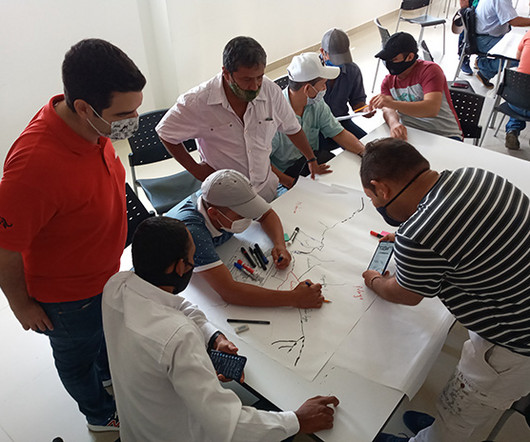Making Food Systems Work for People of Color: Six Action Steps
NonProfit Quarterly
FEBRUARY 15, 2023
Image Credit: Oladimeji Odunsi on unsplash.com How do you support development across the food system in a way that builds community ownership and power for Black, Brown, and Indigenous communities? This is a question that a group of food system activists of color have come together to address. This work is worth supporting.












Let's personalize your content